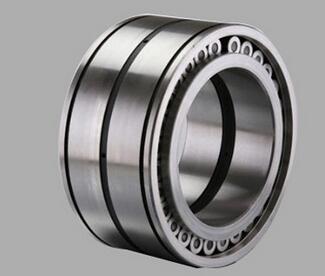The temperature of the rolling bearing can generally be inferred from the temperature outside the bearing chamber. If the oil hole can directly measure the temperature of the outer ring of the rolling bearing, it is more appropriate.
Usually, the temperature of the rolling bearing starts to rise slowly with the operation of the bearing, and reaches a steady state after 1-2 hours. The normal temperature of rolling bearings varies with the heat capacity, heat dissipation, rotational speed and load of the machine. If the lubrication and installation part are suitable, the bearing temperature will rise sharply, and abnormally high temperature will occur. At this time, the operation must be stopped and necessary preventive measures should be taken.
The use of thermal sensors can monitor the working temperature of the rolling bearing at any time, and realize automatic alarm or stop when the temperature exceeds the specified value to prevent the occurrence of burning shaft accidents.
High temperatures are often used to indicate abnormal conditions. High temperatures are also detrimental to the lubricants of rolling bearings. Sometimes overheating of rolling bearings can be attributed to the lubricant of the bearing. Long-term continuous rotation of the rolling bearing at a temperature exceeding 125°C will reduce the life of the rolling bearing. Causes of high temperature rolling bearings include: insufficient or excessive lubrication, lubricants. It contains impurities, excessive load, damaged rings of rolling bearings, insufficient clearance, and high friction caused by oil seals, etc.
Therefore, it is necessary to continuously monitor the rolling bearing temperature, whether it is to measure the rolling bearing itself or other important parts. If the operating conditions remain unchanged, any temperature change may indicate a malfunction.






